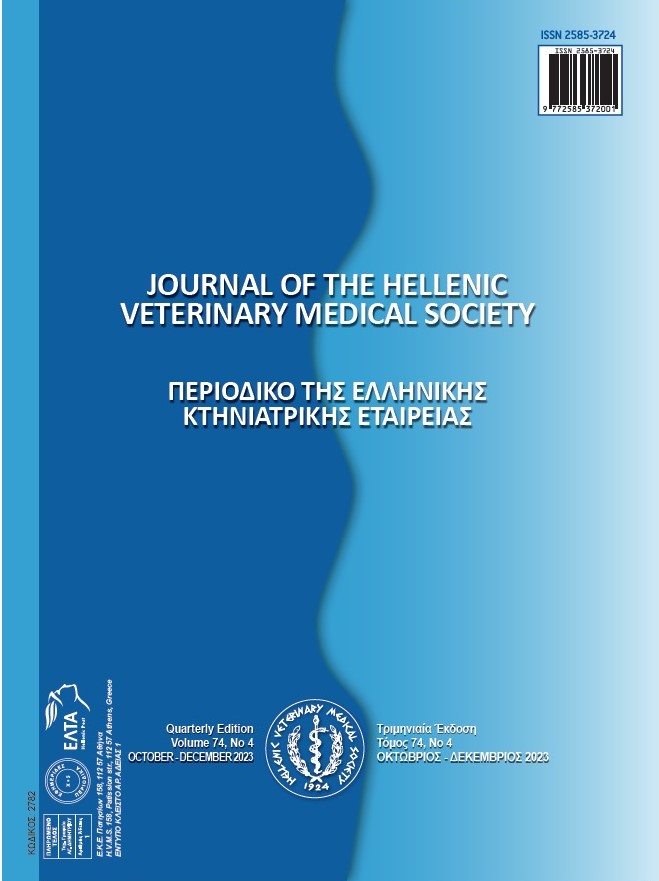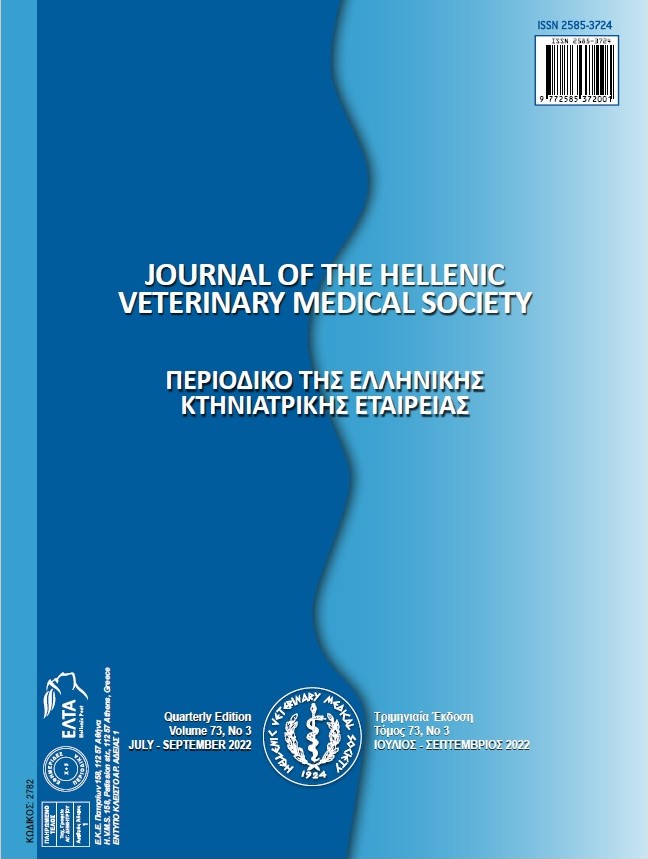Effects of Slaughter Weight and Muscle Types on Carcass and Meat Quality Characteristics of Holstein Friesian Bulls

Abstract
The aim of this study was to determine the effects of slaughter weight and muscle types on carcass characteristics, chemical composition and meat quality characteristics of young Holstein Friesian bulls. For this purpose, the 21 young bulls were assigned to three experimental groups based on their weights at slaughter called lighter (LSW) (470.4±32.5kg), medium (MSW) (540.8±10.9 kg) and heavier (HSW) (605.8±28.3 kg). Animals in the HSW group resulted in higher carcass weight, LD area, crude protein content, pH24 value. On the other hand, L* and a* values color parameters and LD area per 100 kg carcass weight were significantly decreased with the increasing slaughter weight. The meat obtained from the LSW group were brighter and redder compared to other two slaughter groups. Additionally, there was a decreasing trend in the proportion of the non-carcass components with increasing of the slaughter weight. However, increasing of the slaughter weights led to a significant increase in the carcass measurements such as thoracic depth, carcass length, length of the round as well as width of the round. Although the crude protein content was significantly affected by both slaughter weights and muscle types, only muscle types were also significant sources of variation in percentages of moisture and crude ash.
Article Details
- How to Cite
-
Kocyigit, R., Yanar, M., Özdemir, V., Aydin, R., & Diler, A. (2024). Effects of Slaughter Weight and Muscle Types on Carcass and Meat Quality Characteristics of Holstein Friesian Bulls. Journal of the Hellenic Veterinary Medical Society, 74(4), 6663–6670. https://doi.org/10.12681/jhvms.31980
- Issue
- Vol. 74 No. 4 (2023)
- Section
- Research Articles

This work is licensed under a Creative Commons Attribution-NonCommercial 4.0 International License.
Authors who publish with this journal agree to the following terms:
· Authors retain copyright and grant the journal right of first publication with the work simultaneously licensed under a Creative Commons Attribution Non-Commercial License that allows others to share the work with an acknowledgement of the work's authorship and initial publication in this journal.
· Authors are able to enter into separate, additional contractual arrangements for the non-exclusive distribution of the journal's published version of the work (e.g. post it to an institutional repository or publish it in a book), with an acknowledgement of its initial publication in this journal.
· Authors are permitted and encouraged to post their work online (preferably in institutional repositories or on their website) prior to and during the submission process, as it can lead to productive exchanges, as well as earlier and greater citation of published work.




